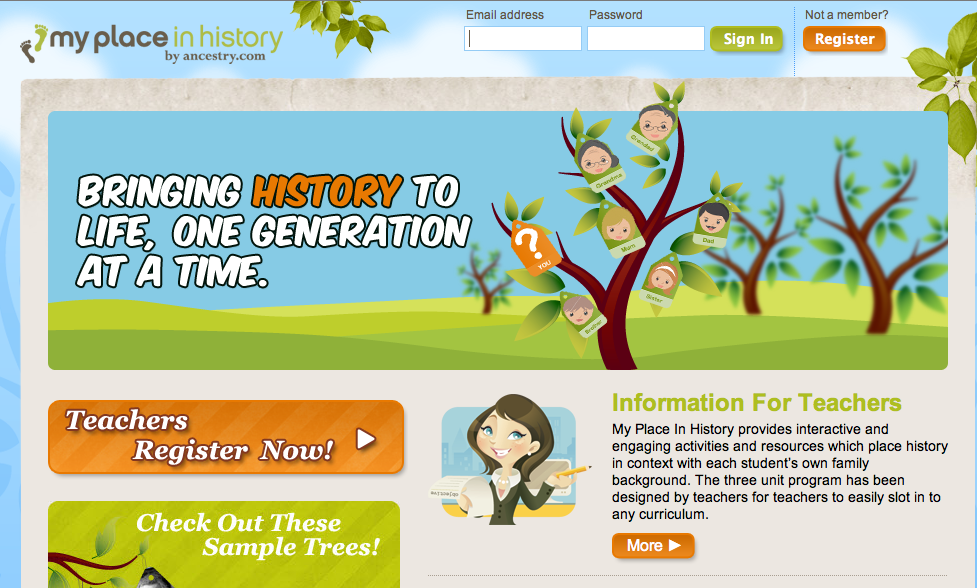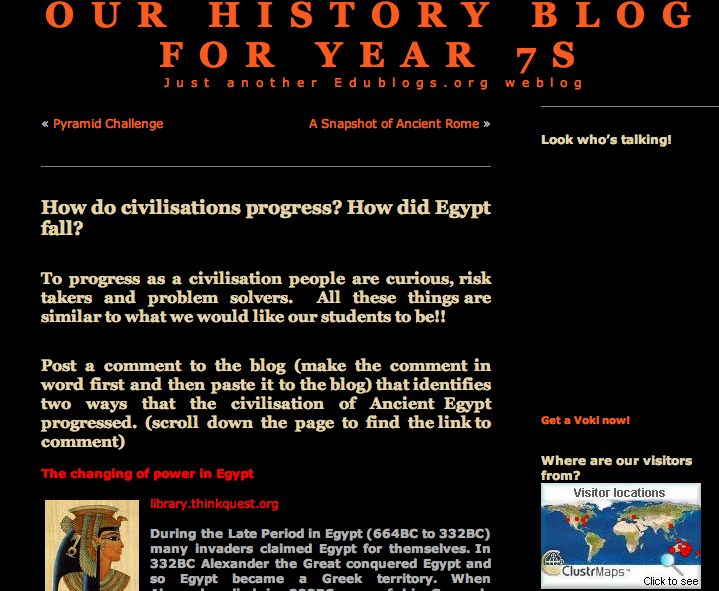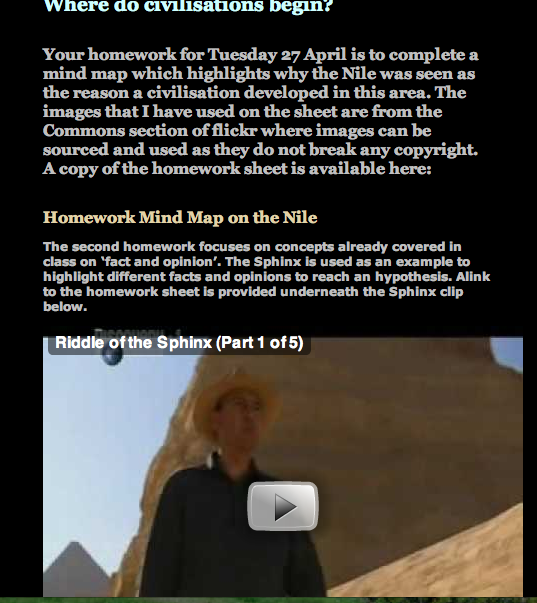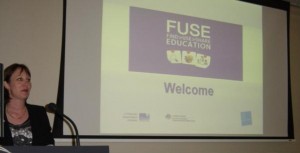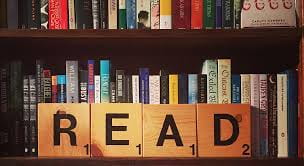 Our thanks to those of you able to join us for our third book club meeting for 2021 to discuss graphic novels. As always, so many of you had so many wonderful contributions to share with us, and it is very appreciated.
Our thanks to those of you able to join us for our third book club meeting for 2021 to discuss graphic novels. As always, so many of you had so many wonderful contributions to share with us, and it is very appreciated.
Below is the list of titles and series shared and discussed. Some titles may have an indicated suitable age range next to each title, however this is merely a guide and we encourage you to use your own judgement, as you know your students best.
We look forward to seeing you at our next meeting on Thursday June 17th to discuss Speculative Fiction.
Disclaimer: The lists generated as a result of Book Club discussions are not, by any means, an exhaustive list of all titles or authors for each genre/category discussed. Nor will all titles be suitable for all libraries. We advise staff discretion when referencing these lists, to properly confirm individual title suitability for individual libraries, school and students needs. These are suggested titles only, shared by our members and inclusion on, or exclusion from, a list does not suggest SLAV endorsement or rejection of a title.
Maximum Ride Series by James Patterson
Lumberjanes Shannon Watters, Grace Ellis, Brooklyn A. Allen and Noelle Stevenson
Over The Garden Wall by Jonathan Case and Patrick McHale
Pawcasso by Remy Lai
When Stars are Scattered by Omar Mohamed, Victoria Jamieson
Amulet Series by Kazu Kibuishi
Wings of Fire Series by Tui Sutherland
My Hero Academia (Manga)
Rod Serling’s The Twilight Zone – great for secondary readers, girls or boys.
The ‘I Survived’ Series by Scholastic looks like a sure-fire winner for kids who like graphic novels and true stories.
London: New Burlington Books, 2016 – suitable for boys or girls, good readers because the language can be challenging.
Dr Jekyll & Mr Hyde, Robert Smith’s illustrations and layout are crisp, arresting, and quite remarkable.
Seance Tea Party by Reimena Yee
Be Prepared by Vera Brosgol
Witchy by Ariel Slamet Ries
Witchlight by Jessie Zarbasky
Lightfall by Tim Probert
Tyranny by Lesley Fairfield
Hey, Kiddo by Jarrett J. Krosoczka
Flamer by Mike Curato
Directly from the chat:
Horror – Locke & Key series Romance/LGBTQI – Heartstopper Series, Bloom, Mooncakes Manga series – My Hero Academia, Bleach, Assassination Classroom, Fairy Tail, Manga Dogs
Sheets by Brenna Thummler (Best book ever! according to one reluctant reader)
Doug TenNapel books (Ghostopolis, Cardboard) Grimoire Noir by Yana Bogatch
The graphic novels of Vera Greentea Anne of Green Gables : the graphic novel Meg, Jo, Beth by Rey Terciero.
The Graphic Novels of – To Kill a Mocking Bird, The Great Gatsby, & The Handmaids Tale are very popular
These are really popular in our Primary Library –
Dogman by Dav Pilkey, Big Nate, Super Sidekicks, The Odds by Matt Stanton, Percy Jackson and Wings of Fire graphic versions, Asterix, TinTin, Geronimo Stilton graphic versions, Mighty Robot, Catstronauts, Legend of Zelda.
What if We Were by Axelle Lenor
Just read ‘Animal Farm: A Fairy Tale Graphic Novel’ beautiful illustrations
The graphic novel of Anne Frank’s Diary
The Deep (Tom Taylor)
Fruits Basket Series by Natsuki Takaya (Manga)
Guts, Smile, Drama, Sisters, Ghosts by Raina Telgemeier
Babysitters Club graphic novels
Meg Dunley set up a Padlet for anime/manga recommendations. You can find it here https://padlet.com/09297081/13hww6jduitzv95f
White Bird by RJ Palacio (class text year 7 & 8)
Maus (class text year 10)
Coraline (class text year 7)
We have a GN for Macbeth
Illegal by Eoin Colfer
Romeo and Juliet
Speak by Laurie Anderson
Sapiens Graphic Novel
OMG Shakespeare’ which are retelling of plays in ‘twitter’ format – e.g. ‘YOLO Juliet’ and ‘srsly Hamlet’ – very funny and has hooked a few reluctant Year 10s doing Macbeth
Sad Ghost Club by Lize Meddings
The Dark Matter of Mona Starr by Laura Lee
Long Way Down
Future Girl by Asphyxia
New Kid by Jerry Craft
Parvana by Deborah Ellis
The Crossover by Kwame Alexander
Plain Janes by Cecil Castellucci – Goodreads
graphiclibrary.org – curated by sarah smooth – site recommended by Jo Menzies for ratings of graphic novels
ALIA have a graphic novel book club – aliagraphic.blogspot.com
Non-fiction graphics for primary – Graphic Library titles and Illustrated History. Wheelers good for ordering non-fiction graphics for primary.
All Marvel -Superman, Spiderman, Batman are popular with Manga. Simpsons, Snoopy, Garfield
‘Great Lives in Graphics’
Manga for libraries – VIZ Media Catalogue has titles listed under age groups – got a copy from our book supplier
ADULT – what we are reading
The Pull of the Stars by Emma Donoghue
Waking Romeo by Kathryn Barker
House of Leaves by Mark Danielewski
House of Hollow by Krystal Sutherland
Scars like Wings by Erin Stewart
A Million Things by Emily Spurr
Love Objects by Emily McGuire
The Midnight Library by Matt Haig
The Burning God by R.F. Kuang
Born Into This by Adam Thompson – (Tasmanian, indigenous short stories)
Smart Ovens for Lonely People by Amy Tan – short stories
Haunting of Hill House by Shirley Jackson
Where we Begin by Christie Neiman. Coming of age story includes domestic violence and racism.
The Tolstoy Estate by Steven Conte
First Person Singular by H.Murakami.
Sunburnt Veils by Sara Haghdoosti
The Mother Fault by Kate Mildenhall
Young Dark Emu by Bruce Pascoe


